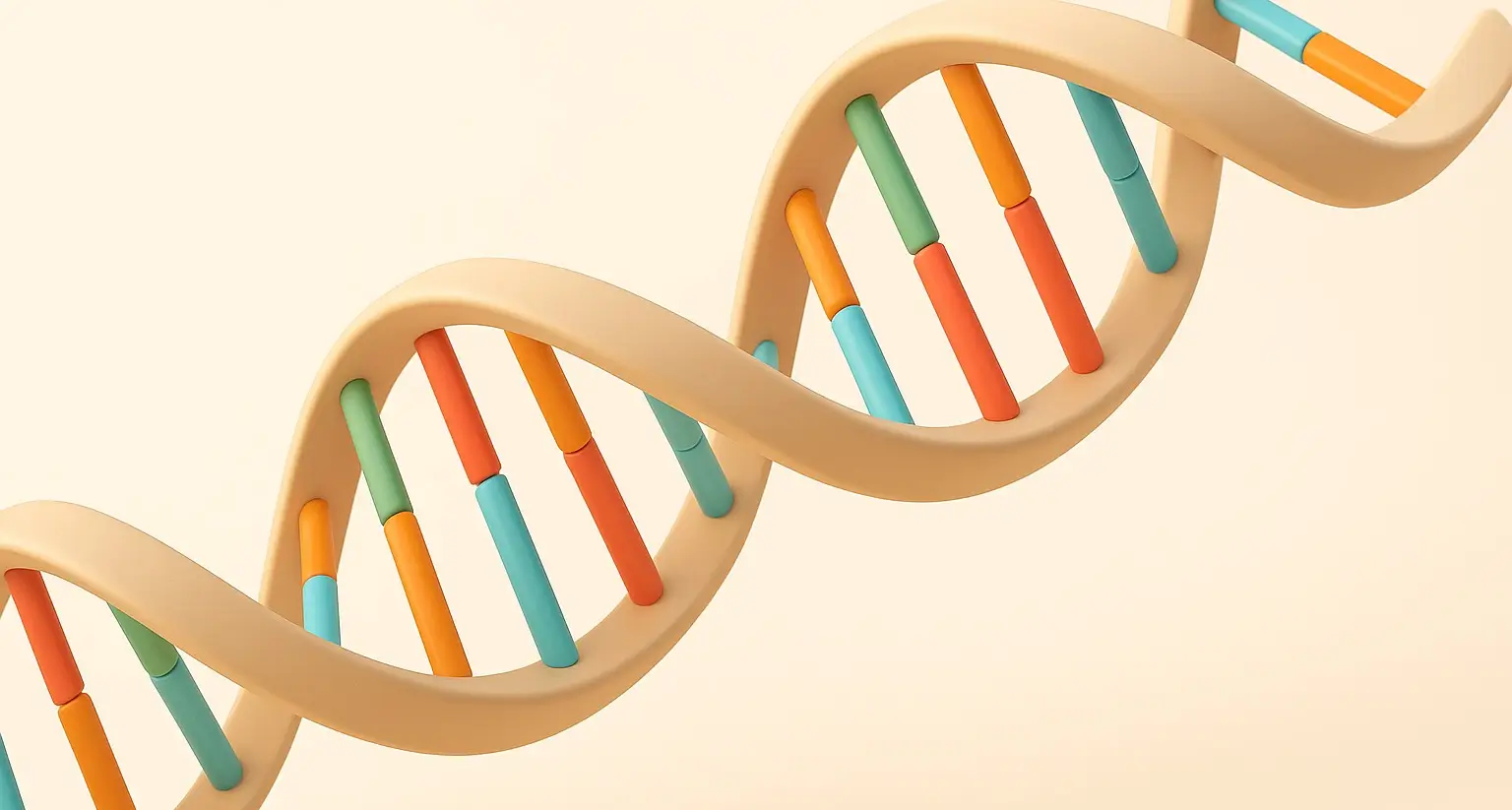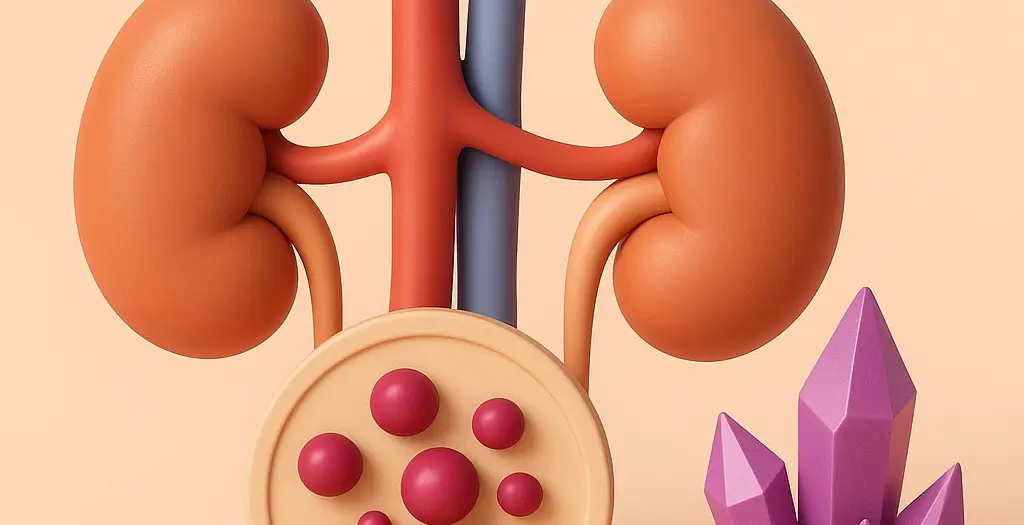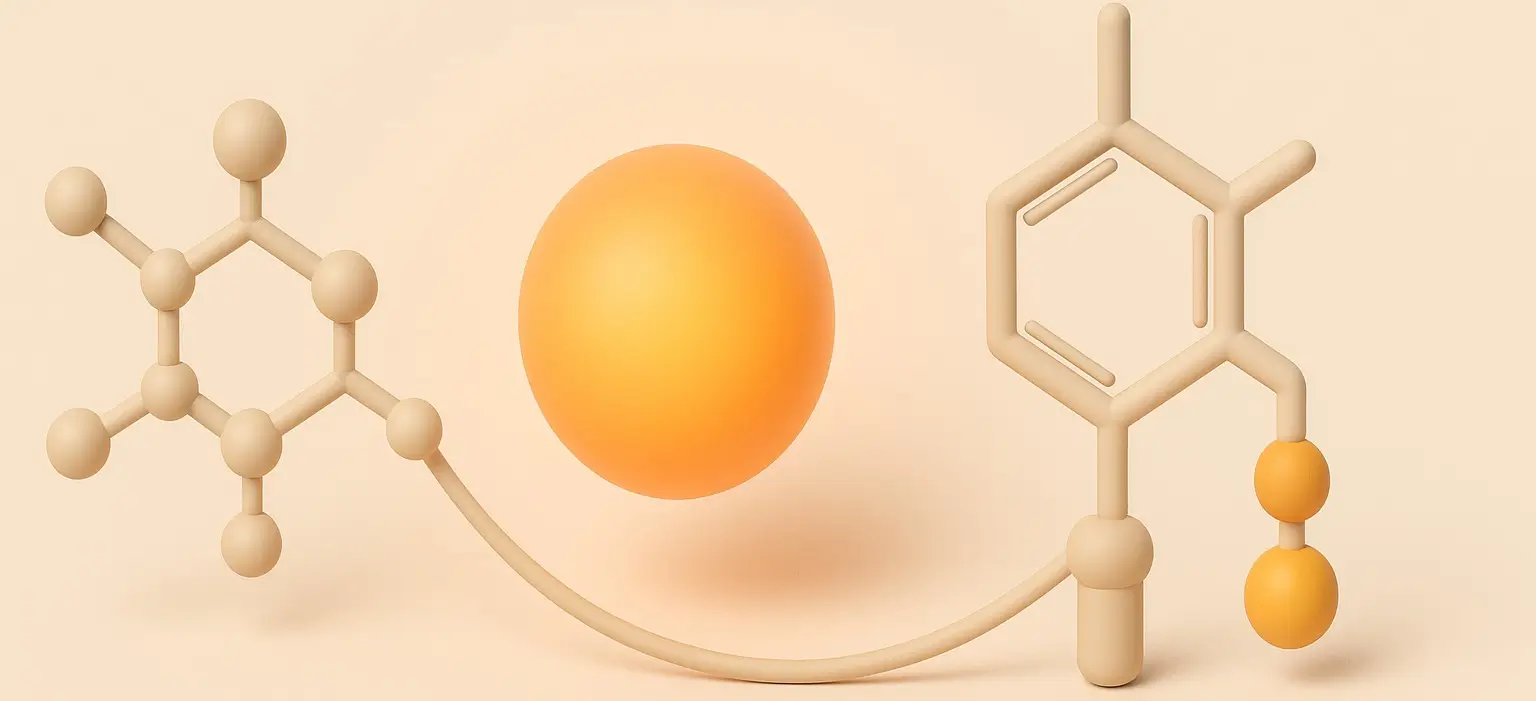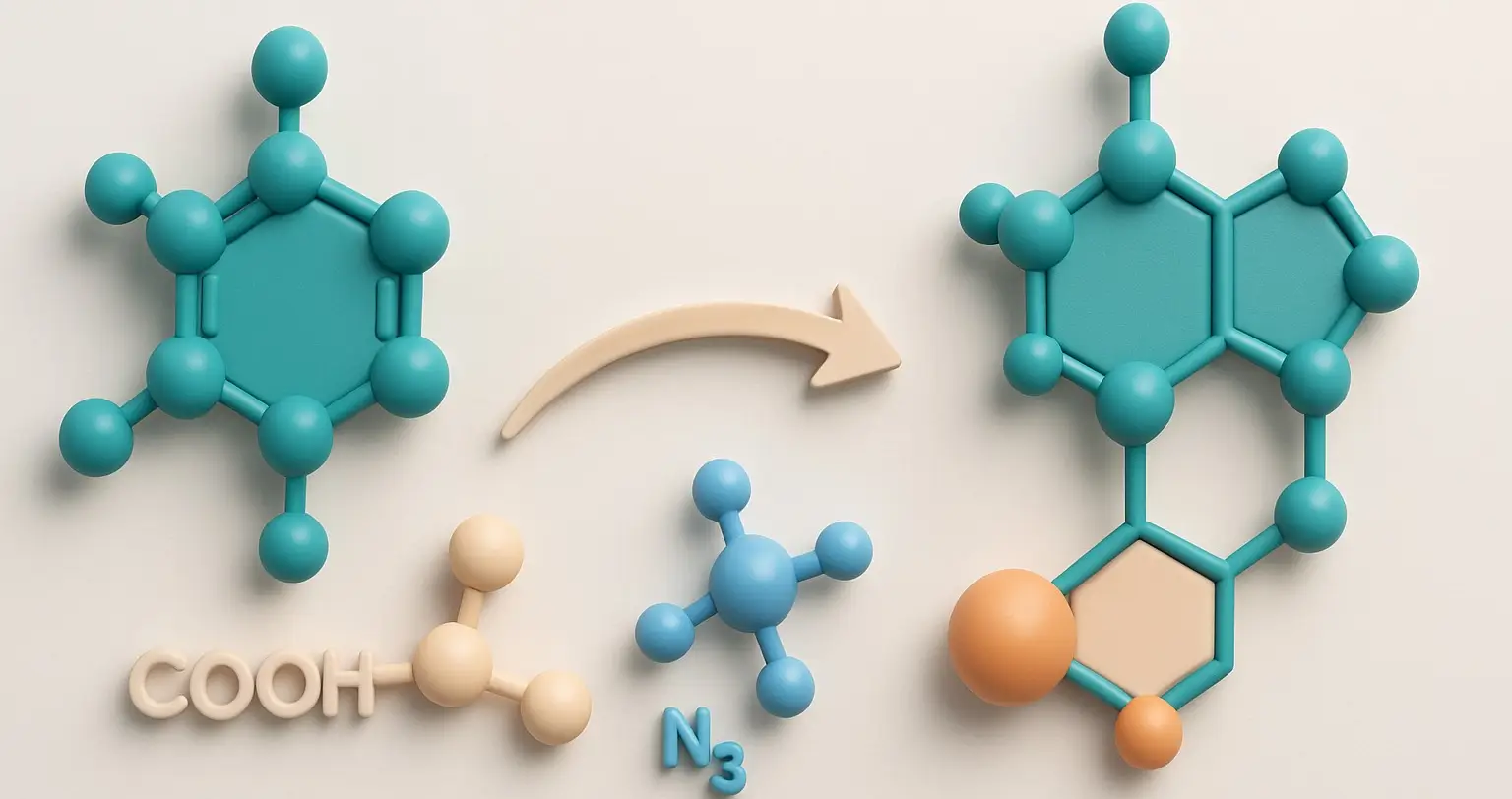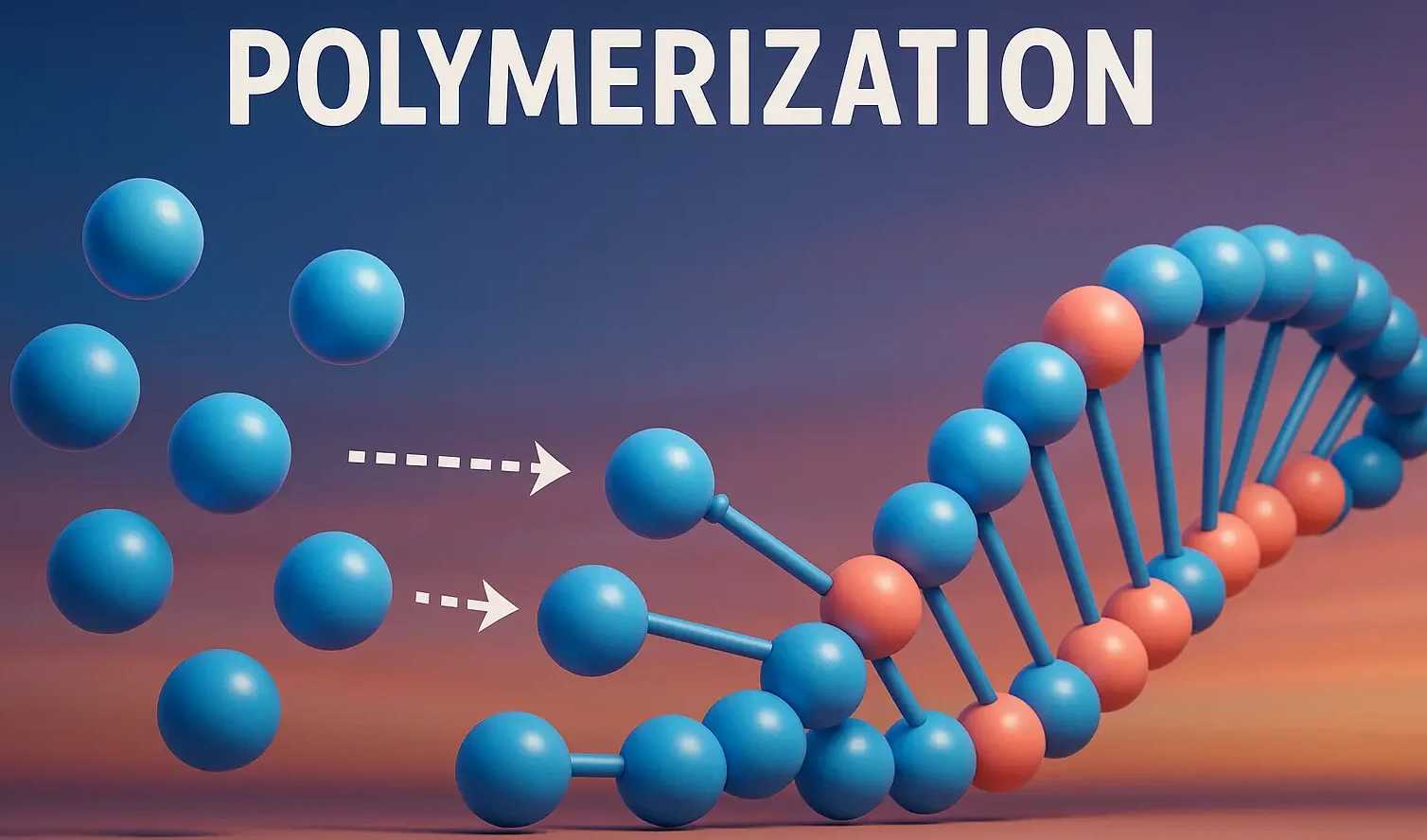RNA (Ribonucleic Acid): Structure & Functions
RNA (Ribonucleic Acid) is a single-stranded nucleic acid made up of ribonucleotides, which consist of a ribose sugar, a phosphate group, and one of four nitrogenous bases: adenine (A), uracil (U), cytosine (C), or guanine (G). Structure: 1. Single-Stranded of RNA (Ribonucleic Acid): RNA is typically single-stranded, but it can form secondary structures by folding … Read more

